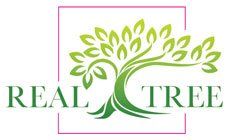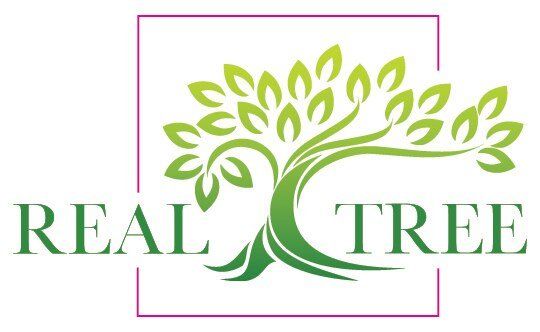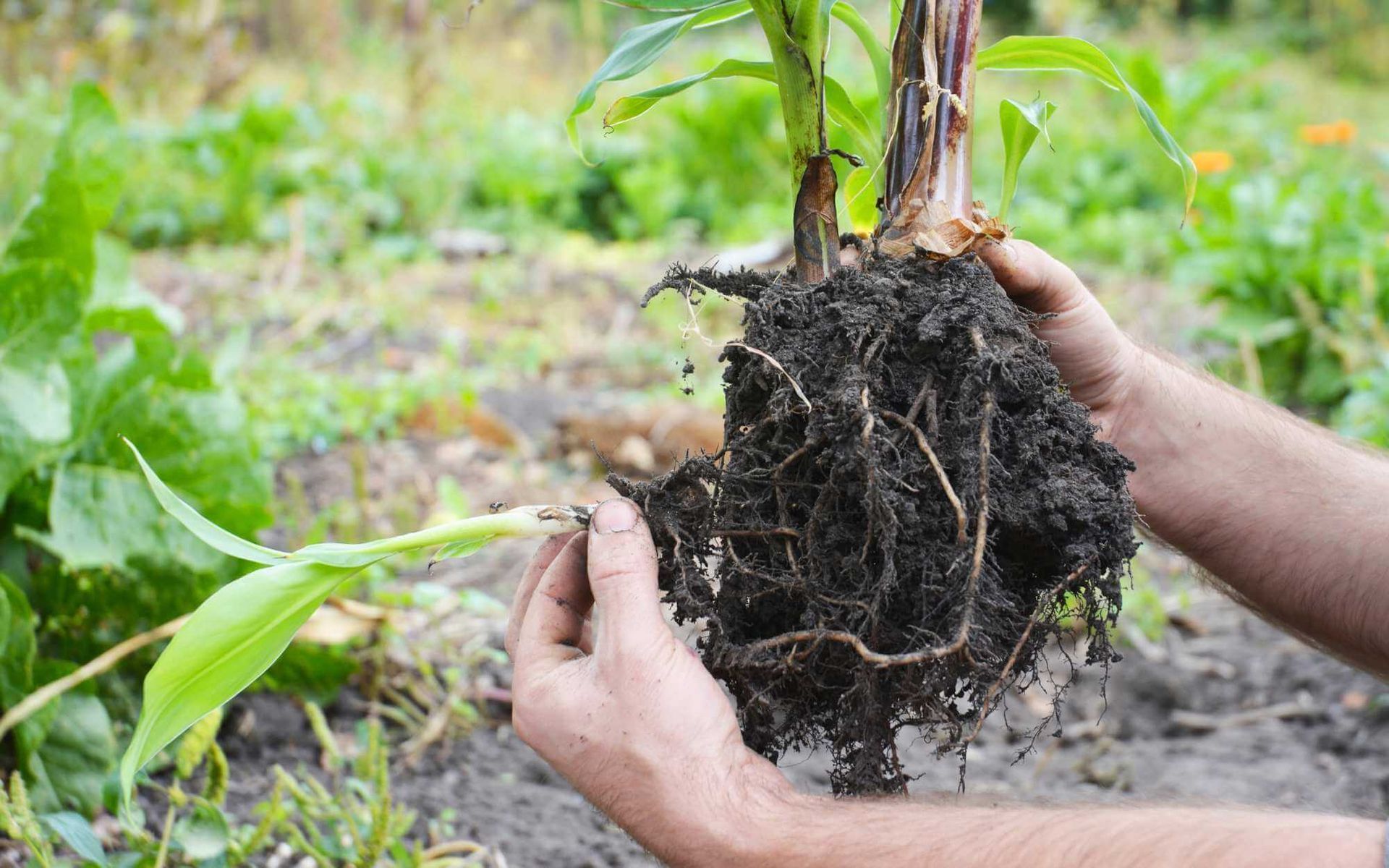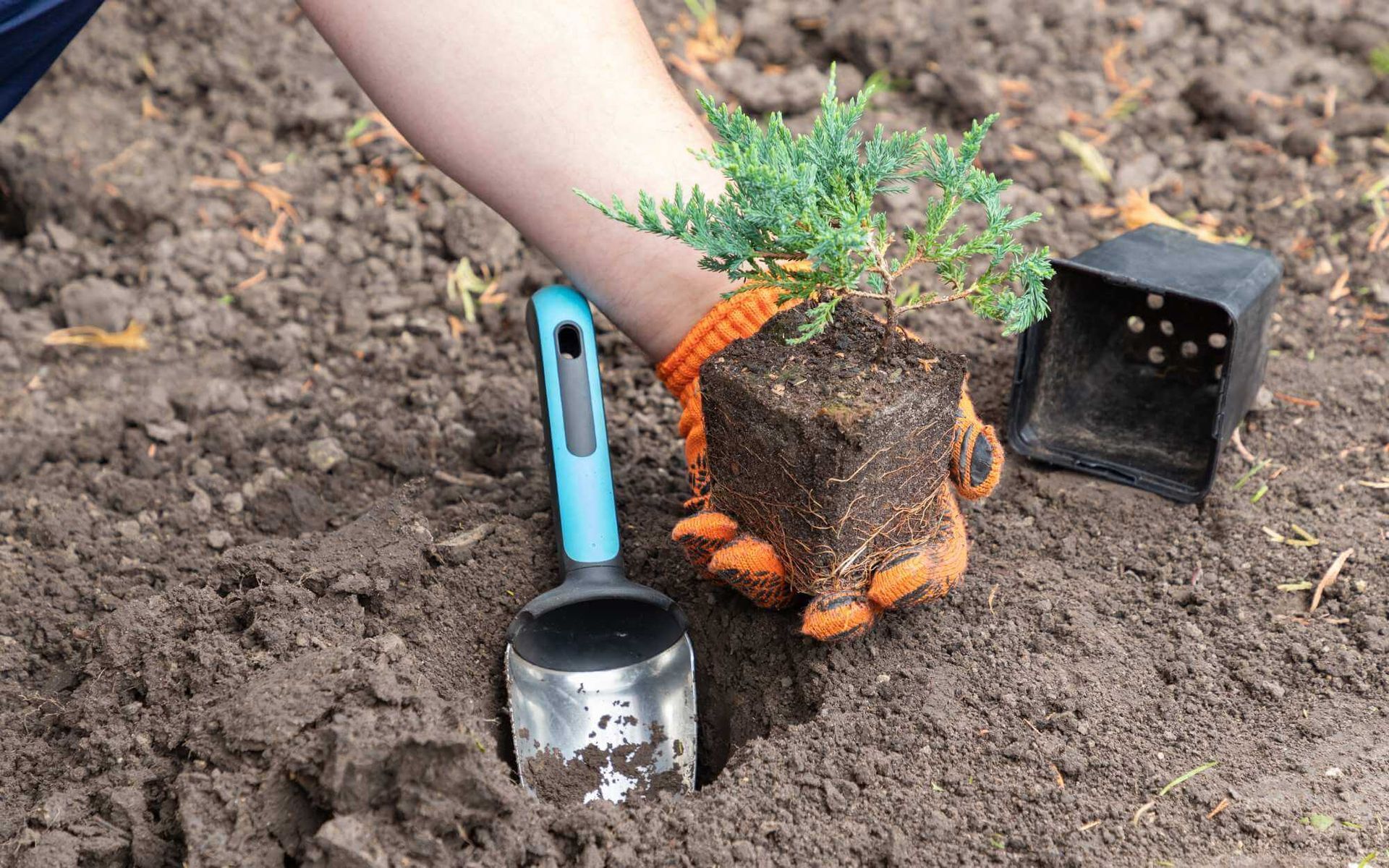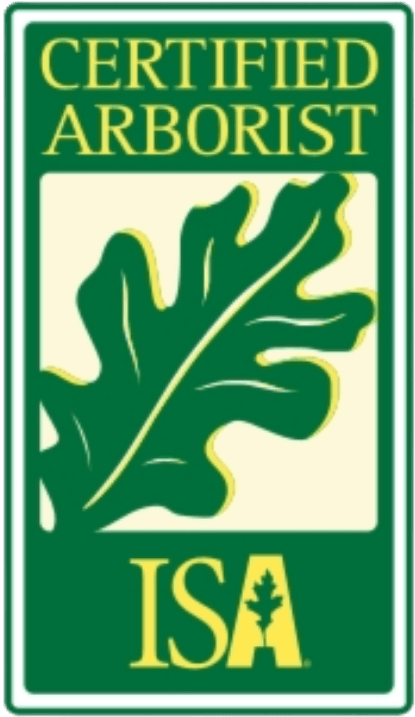Making the Call: When to Consider Tree Cabling and Bracing
PUBLISHED ON
SHARE THIS ARTICLE
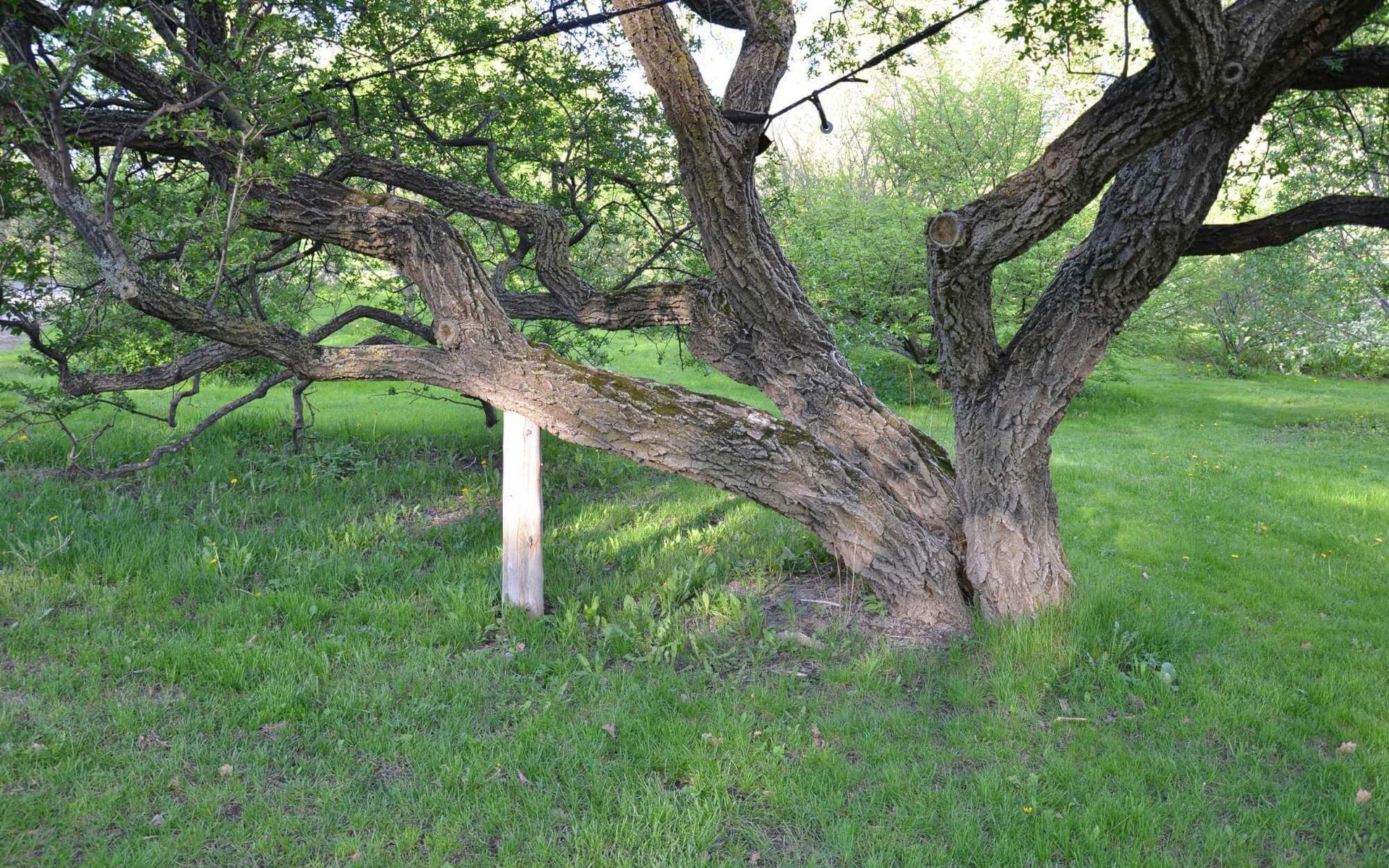
Just like humans, trees too require support to thrive, especially when they're growing in less than perfect conditions. Imagine a majestic oak in your backyard, standing tall for decades, facing the wrath of storms and the scorching heat. Suddenly, you notice it leaning dangerously, its integrity compromised. What's your next step? Panic, or reach out to the nearest chainsaw?
Hold on, there's another option -
tree cabling and bracing. These supplemental support systems could be the lifeline your tree needs, and knowing when to consider it could mean the difference between preserving nature's majesty and losing a piece of your home's soul. Let's explore this further, shall we?
The Process of Tree Cabling and Bracing
The tree cabling and bracing process begins with a thorough inspection of the tree by a certified arborist to identify weak branches or structural defects.
High-strength cabling systems are then installed high in the tree, and fastened using bolts, creating a support network for the branches. This dynamic cabling system reduces stress damage from high winds, the weight of ice or snow, and heavy foliage. Bracing involves installing steel rods to provide more immediate support to weak or split branches.
Together, cabling and bracing offer a comprehensive support system, bolstering the tree's natural structure without impeding growth or causing unnecessary damage.
Signs for Considering Tree Structural Support Systems
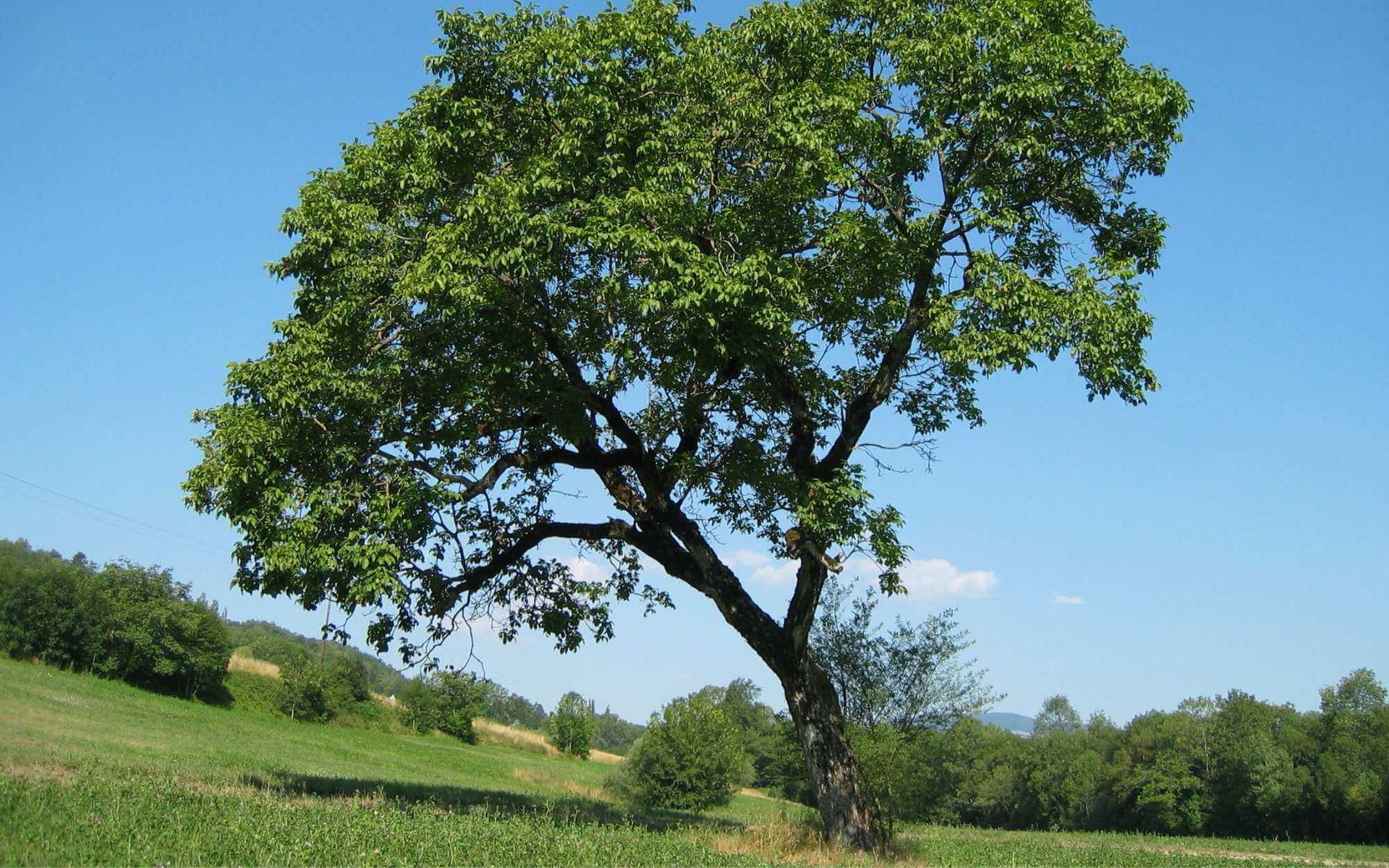
Here are some tell-tale signs that indicate your tree might need cabling and bracing:
- Leaning Tree: A sudden lean in a tree might suggest instability at its root system. This could be due to soil erosion, heavy winds, or uneven weight distribution due to growth.
- Crack in the Main Trunk: If significant tree cracks appear in the tree's trunk, it can compromise the tree's structural integrity. This is a clear sign that your tree might need bracing.
- Weak or Splitting Tree Limbs: If a tree's branches are weak, splitting, or breaking off, this can indicate a need for cabling to prevent further damage and support the healthy growth of the tree.
- Decay or Fungal Growth: Decay or the presence of fungi can be a sign of internal rotting, prompting the need for cabling and bracing to prevent a possible collapse.
- Overextended Branches: Branches that grow out far beyond the tree's base create a lot of weight and leverage, which can stress the tree and lead to instability.
- V-Crotch Formation: Trees with branches that form a "V" shape are more likely to split, making them ideal candidates for cabling and bracing.
Remember, early detection and intervention can save a tree's life and prevent potential damage to the surrounding property. Always consult a certified arborist if you notice these signs.
Factors to Consider Before Cabling and Bracing Trees
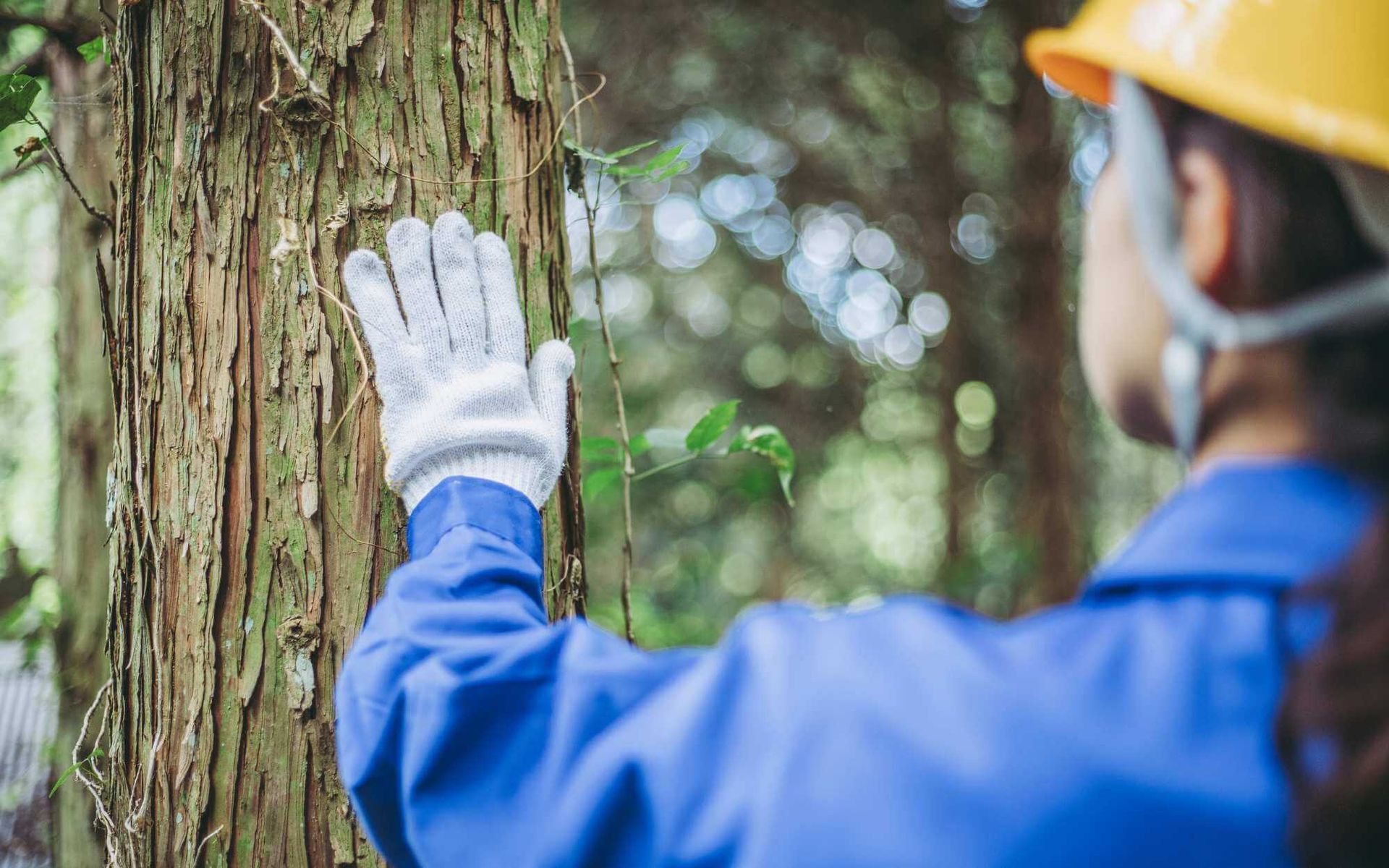
Before deciding on tree cabling and bracing, consider the following factors:
- Tree Species: Not all trees respond well to cabling and bracing. Certain species are more resilient and adaptable to this procedure than others. Consult an arborist to understand if your tree is suitable for the process.
- Tree Age and Health: Young, healthy trees are better candidates for cabling and bracing than unhealthy, mature trees. The procedure can place additional stress on already weakened trees.
- Cost: Cabling and bracing can be a significant investment. Assess if the tree’s value—ecological and aesthetic—is worth the expense.
- Risk to Property: If the tree poses an imminent threat to people or property, immediate action, including possible removal, might be necessary.
- Expert Consultation: Always seek advice from a certified arborist to make an informed decision about the tree's welfare.
Remember, the objective of cabling and bracing is to prolong the tree's life while ensuring safety. Decision-making should align with this goal.
Knowing when to consider tree cabling and bracing helps!
Tree support systems can be a lifesaver for your trees, offering much-needed support and stability. By understanding the tree cabling and bracing decision points as well as considering factors such as tree species, age, health, and potential risk to property or people, you can make informed decisions on when and whether to intervene.
Always remember, that expert consultation is pivotal in this process. Observe your trees closely, and if you notice any of the above signs, don't hesitate to consult our team of
certified arborists for a professional evaluation.
Want a free quote or some friendly advice? Call our team today:
